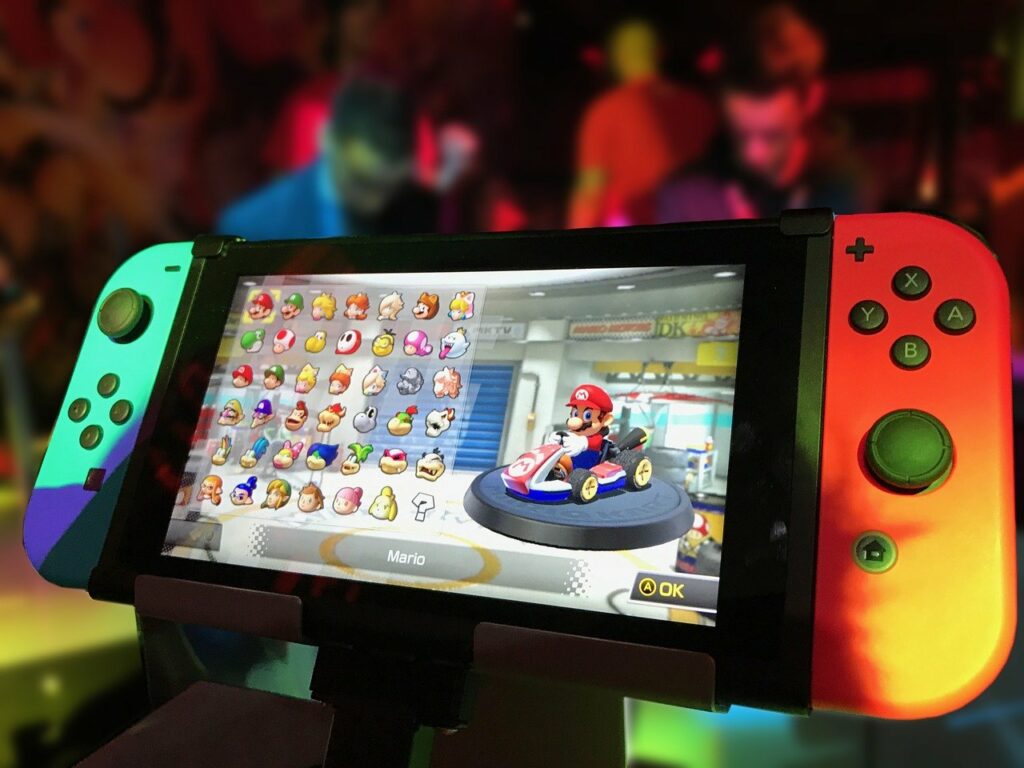You’ve got a new business. You have developed a new product or service, and as far as you and everyone in your inner circle are concerned, it’s a sure deal. It’s absolutely going to work, and once customers hear about it, they’re going to be lining up in droves to get it. Or will they?
Launching your Product
There are different ways to launch a new business. Some folks go for the gusto and unveil everything all at once, right away, no holds barred.
Other business owners tread more cautiously, experimenting, hypothesizing, and nudging their way into existence with as little investment of time, energy, and money as possible. This is the concept of the MVP, or Minimum Viable Product. While there certainly isn’t a “right” way to launch a business, the MVP method can provide a lot of benefit to brand new business owners with just a little effort.
What Does “Minimal Viable Product” Really Mean?
When you read the term “minimal viable product”, you probably get a mental image of something very tiny and basic, yet still valuable. The crudest possible construction that could still be usable, perhaps.
And while that is, in a sense, accurate, it’s not entirely the intended spirit of MVP.
The idea of a minimal viable product has gained traction and workability thanks to the effort of Eric Ries, a specialist on startups who has consulted and written about the topic. His definition of a minimal viable product is “that version of a new product which allows a team to collect the maximum amount of validated learning about customers with the least effort”.
That doesn’t mean constructing sandals out of tree bark or writing a three-line website, unless that’s the end goal of your business.
Instead, that means creating a bare bones, yet valuable and functional version of your business plan, and executing it in the simplest manner possible to gain the most insight from customers, users, and visitors.
Some examples of MVP
One incredibly popular example of this are the apps we buy for our phones, especially games. Have you ever purchased a game for your phone, and as time goes by, you notice more and more features appearing on the screen?

That may not be due to your skillful playing and “leveling up.” In most cases, it’s because users are providing feedback to the team that created the game, and in turn, that team is updating the game right before your very eyes.
You were completely unaware, because the game operated exactly as you expected from the very first time you opened it.
Social media sites are another great example of MVP in motion. The Facebook, Twitter, and Instagram we use today differ greatly from the products that were launched years ago. That’s because developers have been incorporating real user feedback to increase security measures, word counts, and file size.
What Makes a Minimum Viable Product Successful?
The first thing to keep in mind is that your MVP may not be successful. The purpose of this exercise is to understand what works and what doesn’t work. It may be the case that your great idea isn’t so wonderful in practice… but that’s exactly why you would choose to launch a minimal product in the first place.
There are three common characteristics of a workable MVP.
First, it has to have value. Regardless of what product or service your business touts, it has to be something that solves a problem or provides users with an actionable course towards a solution to their problems.
Next, any website or platform you use to advertise or sell this product also has to function well enough that users can interact with it to get what they want. You want to encourage early users to go through the whole process, not a shell of promises and expectations that they can’t visualize or experience.
Much as a UX/UI designer wouldn’t ask a client to “imagine this in blue, with some black over there, and a white button”, you need to make sure your early adopters can click the buttons, look at the features, and receive an actual functioning product or demonstration of the service you’re promising.
Lastly, there needs to be a clear, obvious, and simple way for feedback to be given. Users also need to know that someone is taking their thoughts seriously.
While not every idea is going to be a winner, seeing change in the product or on the site will help demonstrate that concerns, critiques, and applause are all being equally noted by the business owner and development team.
What Are the Benefits of a Minimum Viable Product?
While gauging customer interest and appreciation is the obvious first goal of a minimum viable product, there’s far more benefit than getting feedback.

You may think that reducing a very small, basic, limited version of your business would slow down the development and launch process, but in fact, it can save you loads of time and money in the long run.
That’s because you’re taking the time to understand where your customers will find value in your business, rather than launching something full force and hoping it works out. Stepping through the launch piece by piece helps you avoid wasting time and money on something your targeted users will either dislike, or never find in the first place.
At the same time, you’re gaining a very valuable customer base. Not just because they’ve been with you from the very start, which enhances their overall loyalty to you and your product, but because you have the opportunity to truly analyze what they like and dislike, their behaviors, as well their demographics, psychographics, and more.
This insight can abundantly enhance your overall marketing efforts, as you’ll know better how to tap into the needs and wants of your audience, but can help ensure you develop a product and user experience that people truly want.
Final Thoughts
Launching any business in any manner includes learning along the way. When you launch a minimum viable product, you’re taking baby steps towards success, rather than hoping it all comes together.
By releasing your business in small, usable pieces, you have the opportunity to make small, usable tweaks and changes along the way. You’ll also gain insight into what works, why it works, and what needs scrapped in real time, from real users, creating a loyal customer base as you work.
Releasing an MVP may seem like extra work at first, but in the long run, it might be more beneficial to a business than revamping all components at once.
Break the secrets of the most successful eBay and Amazon sellers: get access to over 8,000 low-cost verified dropshipping suppliers to maximize your revenues.










